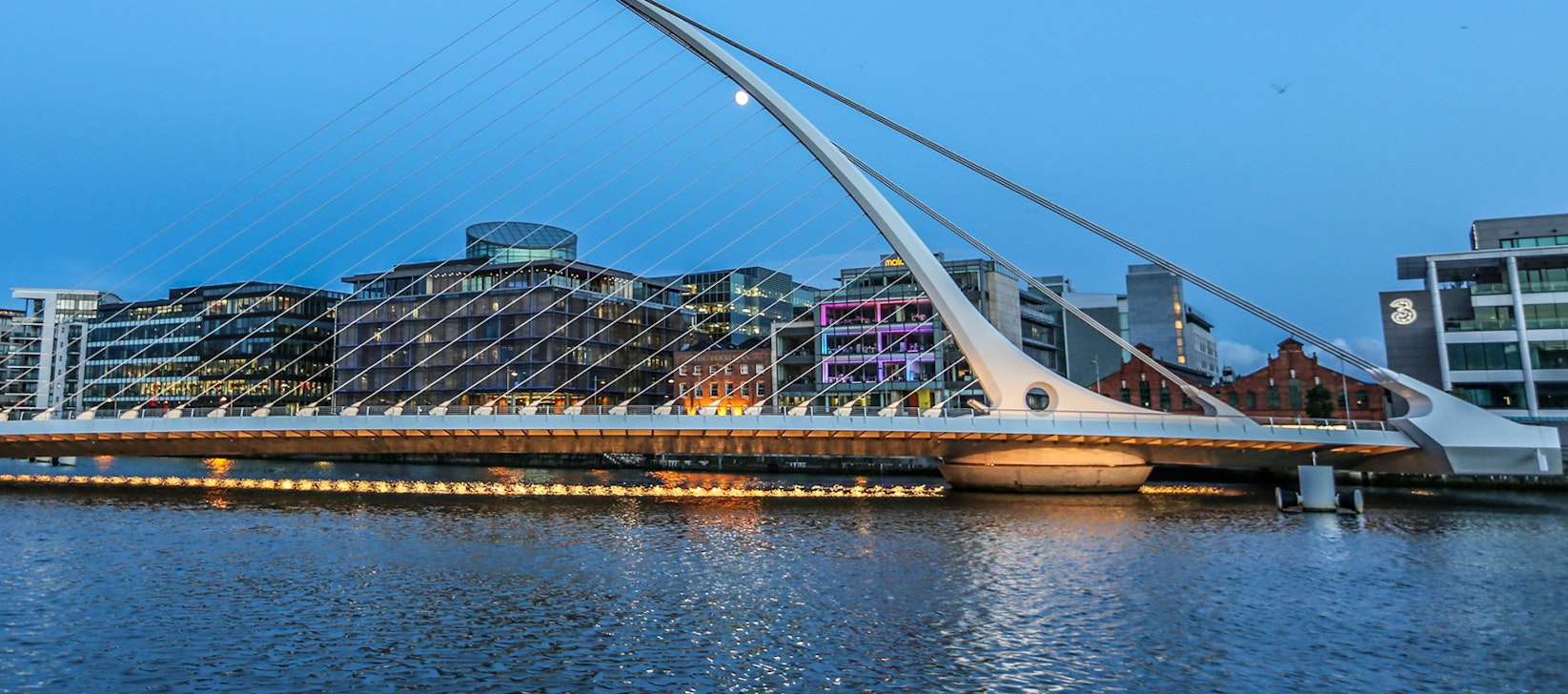The latest PMI survey shows that business activity in Dublin recorded marked growth in Q1 after output had broadly stagnated at the end of last year.
The latest PMI survey, from S&P Global, shows that business activity in Dublin recorded marked growth in Q1 after output had broadly stagnated at the end of last year. The headline rate increased to 55.5, from a mildly contractionary 49.9 in Q4. This uplift was the most pronounced since Q2 2022. On a sectoral basis, both Services (57.4) and Construction (57.3) posted sharp rises in activity while the Manufacturing sector (46.6) posted its most sizeable contraction since Q1 2021. Output across the Rest of Ireland (52.6) also recorded a solid increase in activity, but to a lesser extent than seen in the capital.
Looking forward, the New Orders measure signals the potential for robust activity in the coming quarters. At 55.2, Q1 saw a fresh and strong increase in New Orders. The Rest of Ireland also posted renewed growth in New Orders, but to a lesser extent than seen in Dublin. While these new order trends signal the potential for strong activity, inflationary pressures have yet to subside and still pose a real threat to new business for the remainder of the year.
On the employment side, the rate of job creation remained buoyant as the capital’s labour market continues to show remarkable resilience. At 55.0, Dublin private sector firms increased their staffing levels for a ninth consecutive quarter. Employment also increased across the Rest of Ireland, but at a slower pace.
Business activity in Dublin and Ireland rebounded significantly in Q1 following stagnation in the final quarter of 2022. Unabating demand has driven business activity in the opening quarter of the year but inflationary pressures are still playing out and will likely dampen the overall rate of growth throughout 2023.
Commenting on the PMI, Laura Denman, Economist at S&P Global Market Intelligence said:
“Following a slight slowdown at the end of last year, the Dublin private sector soared straight back into expansion territory in the opening quarter of the year and registered marked uplifts in all of three of activity, new orders and employment. The wider upturn was buoyed by sharp growth in the services and construction sectors where firms were able to take advantage of some easing in inflationary pressures and the recent pick up in customer demand. Conditions, however, were less favourable in the manufacturing economy which registered its most sizeable fall in activity since the first quarter of 2021.”





